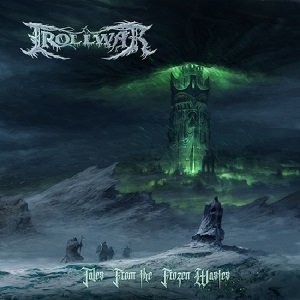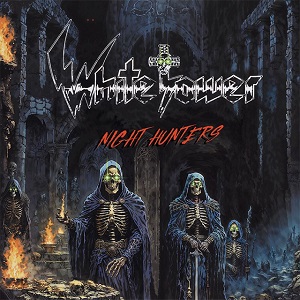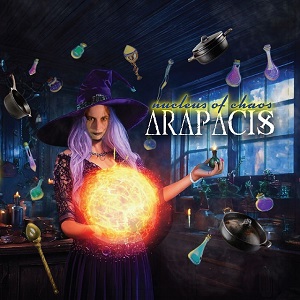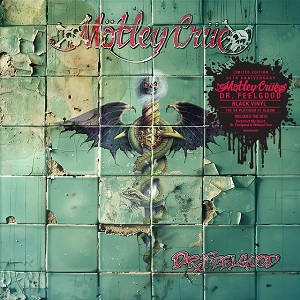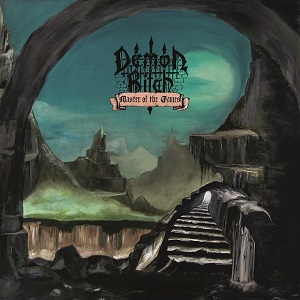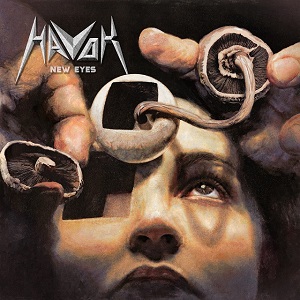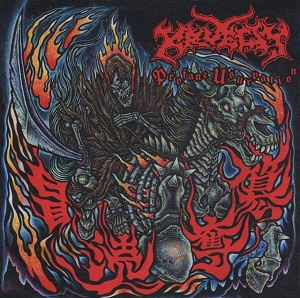INSIDIOUS DISEASE – Death Is The Antidote
November 23, 2020, 4 years ago
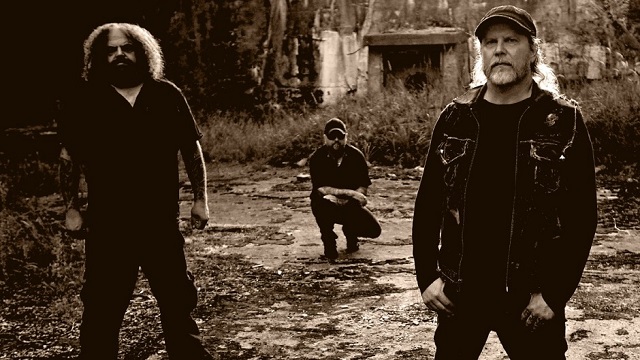
"We started in 2004, so we're not the most productive band on the planet. At least to other people it looks like we don't do shit (laughs)."
Which is how Dimmu Borgir guitarist Silenoz - born Sven Atle Kopperud - sums up life in his side project, Insidious Disease. To date, the band has only two albums under their collective belt: their Shadowcast debut from 2010, and the just-released After Death. The in-your-face line-up featuring Silenoz, vocalist Marc Grewe (ex-Morgoth), guitarist Cyrus (Susperia), bassist Shane Embury (Napalm Death) and drummer Tony Laureano (ex-Nile) has finally put an end to their extended silence in a big way, and if not for the all-too-familiar pandemic's chokehold on daily life the band would be delivering their goods to the fans first hand on the touring trail. This will happen eventually, Silenoz assures us; it's just a matter of time until that becomes a reality. The same thing that plagued the making of the new album: time.
"Some of the ideas are from as far back as 2011 or 2012," Silenoz says of After Death. "For instance, on the 'Divine Fire' demo I used the heartbeat of my unborn son at the time as the intro, and we kept that. And, Marc's unborn son's heartbeat is at the end of the song. That goes back to 2012 and it's probably the oldest song on the new album. There was a good stretch of time between the material that we had, which was about 16 songs, but we trimmed it down to these 10."
Given that Insidious Disease was locked away for a decade, fans may be left with impression that Silenoz, Grewe and Co. were content with getting back to work if and when they had nothing better to do. Not so, says Silenoz.
"The thing is, the debut album just kind of got buried because we were eager to start touring and promoting it, and things just hit an anti-climax because I got busy with Dimmu. There was never a reason as to why we shouldn't tour, but it just didn't take off. I think we could have worked harder on that end, but we always wanted to have Insidious Disease and not my solo project. We want to do everything to promote this new album."
Silenoz acknowledges that, as with anything you leave lying around too long, things can get stale, including music, and this was something Insidious Disease was lucky enough to avoid even though it took years to solidify the song ideas.
"That's a trick when you're working on and off with songs that you don't really have a deadline for recording," he says. "It's difficult and challenging in the sense that when you've done the song and you listen back to it two months later, you might want to change some things. If you start going down that rabbit hole you'll never get finished. We put it on the shelf once it was written, we recorded everything ourselves here in Norway, and we had Russ Russell mix and master it in England. It's been ready for a couple years but there were delays, then negotiating with the label, so it really feels good to finally have it out."
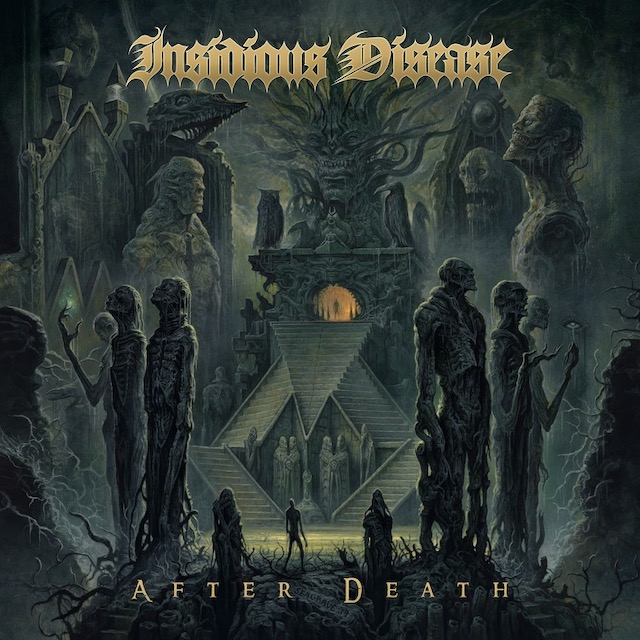
There was, of course, the option of releasing After Death independently in the interest of saving time on label negotiations, rather than the possibility of holding up the release for another year.
"That was an alternative," Silenoz admits. "The issue with that would be we're busy with other stuff, so if we're going to turn Insidious Disease into a daily thing - promotion and all that stuff - it's going to take too much time in the sense that we would have to really be working at it day-to-day. I think we're all a bit too old for that (laughs), so we decided to go with the other option, which was try to score a record deal. Obviously, Nuclear Blast got the first option because I'm there with Dimmu anyway. It was that simple, and they were totally into it. The whole pandemic caused some delay, because I think After Death was slated for an April / May release. But it didn't make that much of a difference because we've been waiting for years to release this stuff."
After Death was written by Silenoz and Grewe, but it has been made clear to everyone in volved that all Insidious Disease band members were and are welcome to contribute ideas in the future. Silenoz is adamant about the fact this is not his solo project
"For this album it was me doing most of the music, and me and Marc worked out the lyrical stuff together. But, the whole band is there when it comes to arranging the songs. Everybody has their own piece for the puzzle and that's how I want it. I want people to understand this is a band, and hopefully for the next album the other band members will have more inclusion in the creative process."
A creative process that is stripped down and back to basics, which is a far cry from present day Dimmu Borgir's multi-layered symphonic black metal productions, emphasis on "productions." Insidious Disease seems like it would be a vacation in comparison.
"I agree with you because with Dimmu, it's not hard work but it's more challenging," Silenoz reveals. "There are more cooks at the table (laughs) and we have a certain way of working the songs out. There's more of an analytical approach to Dimmu, I think, and with Insidious Disease it's more about finding a groove, a feeling, an idea for a song and just going for it. If the song doesn't pretty much write itself within two months then we'll just scrap it and forget about it. With Dimmu we can work on songs for months at a time, but sometimes it comes together really quick. It all depends on the atmosphere and the situation. I think with Insidious it's as you said: more stripped down and back to basics. We're not here to re-invent the wheel or anything like that."
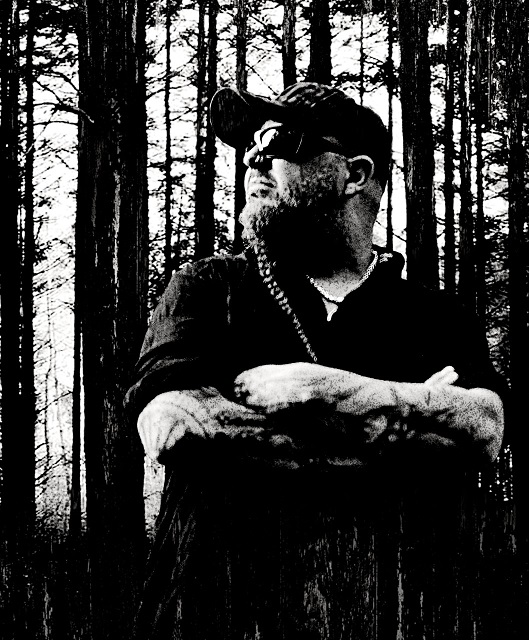
As for finding a way to split his song ideas between Dimmu Borgir and Insidious Disease, Silenoz echoes the almighty Nergal's recipe for dividing himself between Behemoth's crushing sound and Me And That Man's acoustic rock direction. It comes down to the guitars.
"That happens all the time. With Insidious we tune to A-standard, which is pretty low, and sometimes when I come up with a riff and think it will fit Dimmu, it's like 'Naaaahh....' but when I try a different tuning with a different tempo it ends up as an Insidious song. The same also happens vice versa. So, that's one of the positive things about having two bands to work with every day."
Silenoz says working with two different frontmen is also rather easy, as Grewe and Shagrath are very different singers.
"They both bring something unique to the table. And Shaggy is also writing music for Dimmu, so I think he looks at himself as being a songwriter first and then a vocalist. With Dimmu it's case of working the musical themes around the vocals. With Insidious it's more old school, where we have the song or the sections done and just figure out the vocal lines. Marc is very old school in his approach, and he's also from the era where you try to find that hook line, mumble some words over it, and actually write the lyrics to the phrasings later. Like what James Hetfield does with Metallica sometimes."
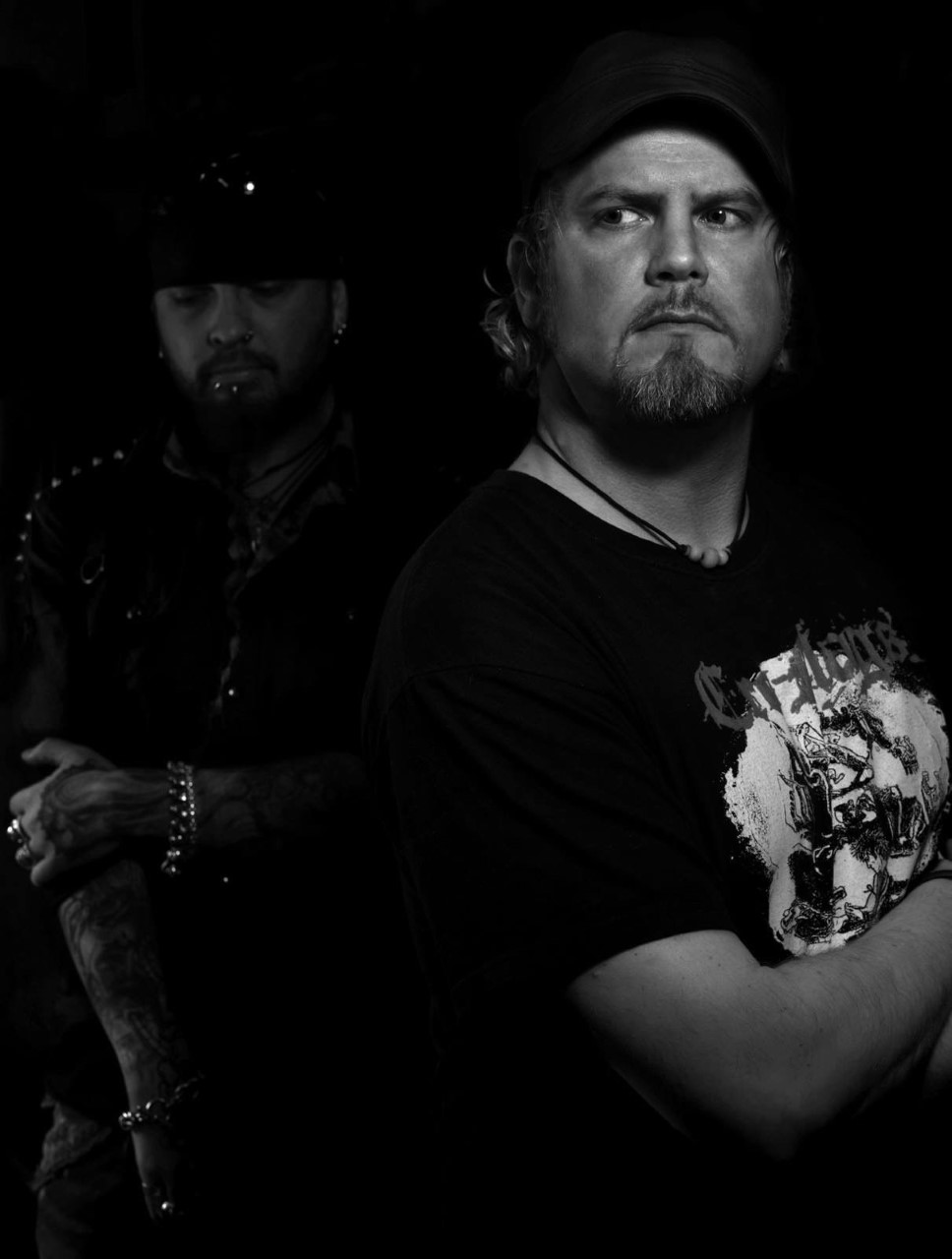
Bottom line is there's no way anybody will confuse Insidious Disease with Dimmu Borgir. After Death is steeped in the realms of old school thrash and death metal, infused with the mayhem and, yes, melody one finds in the likes of Strapping Young Lad at their heaviest.
"I've never heard that before; that's a great compliment. I like the sound to be varied but I don't think we can get away from the thrash element in our music. That hit me earlier today because I was listening to the Heathen album from 1987, and I realized there is just so much thrash from the '80s that is at my fingertips. When I'm working on Insidious that stuff creeps in there for sure (laughs). It's very thrashy from a basic point of view and I try to turn it into something more groove or death metal oriented, or as you said, more melodic stuff."
"It would be totally pointless to do this if we sounded like Dimmu. I think it goes back to a couple years before I started Dimmu; I had this sort of death metal constellation with Jardar (guitars), before he started Old Man's Child. We played covers of known death metal bands and we had some originals, but listening back to that stuff now it's for the better that we didn't continue (laughs). That's where we actually picked up the thread again in 2004 with Insidious and went for it."
For those that have just found Insidious Disease, or rediscovered them since Shadowcast, Silenoz promises we won't have to wait another 10 years for the next record.
"We're seven or eight song ideas into a third album, so I'm sure it will happen as it did with this one: we'll write close to 20 songs and knock them down to 10 or 11. It's very important when making this kind of music not to make the albums too long, and that the tracklisting is varied. That's the other thing about being in a band and producing yourself; you have to think about things like that. There's nothing worse than an album being nothing but a wall of sound and brutality. That's why album's like Slayer's Reign In Blood and Deicide's Legion are so awesome; they're short and to the point, they don't need to be longer. That's what Insidious Disease wants to be like when we grow up (laughs)."


